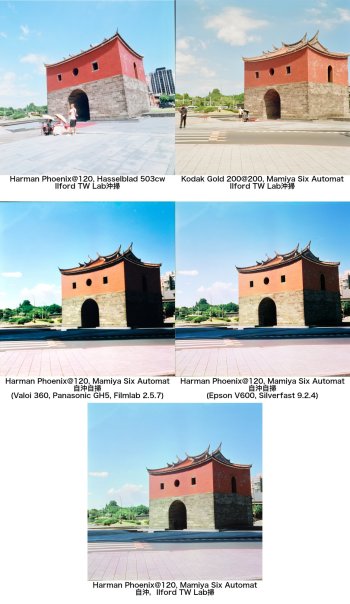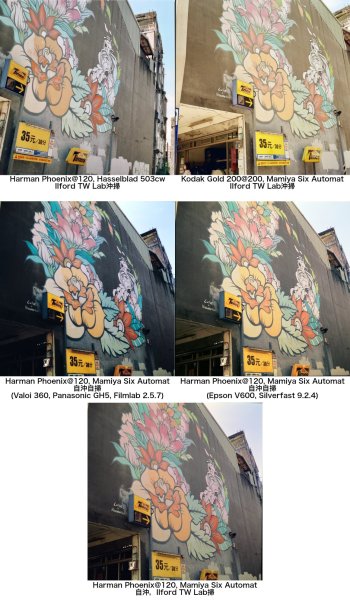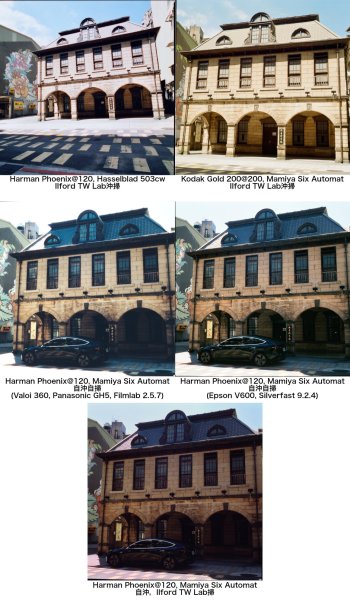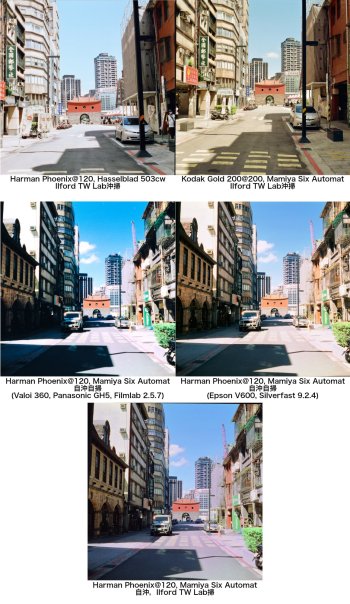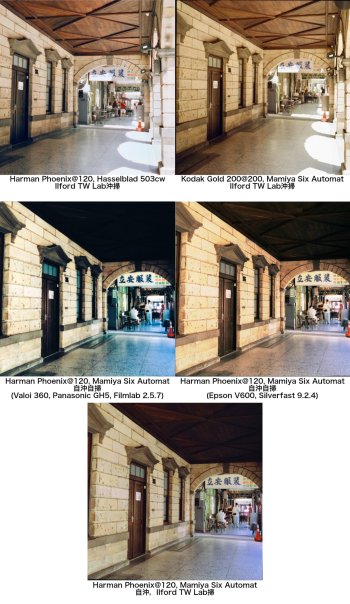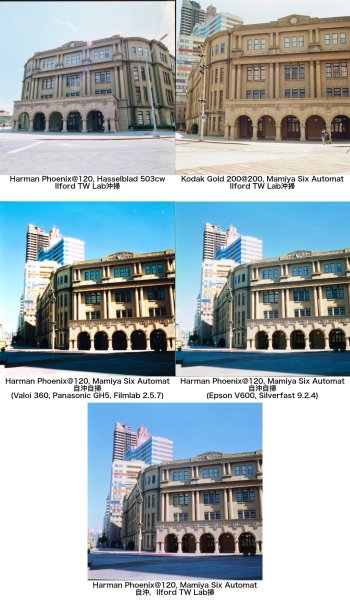If I can be forgiven for a bit of rambling-(well sometimes that's all I do on here, but a bit more)-
I've been in a self-admitted photography rut since moving to St. Louis in 2020. It's not that I haven't picked up a camera, and in fact in terms of sheer volume I've probably made more exposures in that time than I had in my life up to that point.
The problem I've had is that I haven't ENJOYED what I've been doing as much as I use to. Most of my more recent work has been formal portraiture, candid event type photography, and sometimes a mix of both(in all seriousness, when you're trying to take staged photos that involve a bunch of kids, some of the best of the set can happen in an instant while you're trying to get the kids to cooperate, even if you do finally get the one where they're all looking at the camera and have a halfway decent expression on their faces).
Part of my issue, and this has been getting better, has been that I'm still absolutely in love with the landscape of central and eastern Kentucky, and in particular the rolling hills of the former. I could spend a day photographing the river palisades, driving the back roads, or even wandering around some of the(many) state parks. Here it's all just...flat...and forgive me for saying so but the rivers are ugly. When my wife and I were dating, I took her to a highly recommended restaurant one evening outside Louisville that sits on the banks of the Ohio river-it was a pleasant evening of driving the MG out along River Road and then waiting our table while sitting and watching the Ohio. There's another restaurant(unfortunately recently closed) in my hometown that sits right over a lock and dam on the Kentucky River, and even though the food is(was) good, the view was always the seller. Those are just a few examples, but by contrast the Missisippi River is a muddy mess that you really don't even want to get close to(up a little further north it gets better-I could spend all day with a camera on the river banks in Dubuque, Iowa for example) but that's what we have around here. The Illinois and Missouri rivers are a little nicer to look at, but the land around them at least here is flat and boring.
I've realized I just need to look harder for inspiration, and sometimes opportunity presents even though I don't always have a camera with me that can do things justice. Fall moons over the farmlands here make quite a sight, as do some other things. I really need to just open my eyes too and realize that I work on an historic college campus with 150 year old river limestone buildings-just like the kind that get me so excited in Kentucky.
All of that aside, though, through a couple of different circumstances I've really been shooting a LOT more film lately, and that has me inspired in a sense in the way that I can remember feeling nearly 20 years ago when I first took this on as a hobby. Unfortunately the landscape has changed a bit-as color goes literally NONE of the stocks I used back then are still available totally unchanged. Ektar is one of the best color negative films I've used, but it's also challenging to shoot. Portra is technically better than it ever has been, but back in the day I really only shot Portra when I had a good reason to. I'd been under the impression that the current Portra stocks were really second generations of the 160NC and 400NC, but someone clued me in to Portra 400 really being more like 400VC. It's still not 400UC, but when I shoot those stocks, I've been a LOT happier shooting 400 than 160.
Transparency film has been the other big deal. I tried shooting the reintroduced Fuji RVP-50, but I never could get it to look like the original RVP use to look. Someone clued me in to the fact that RVP-100 has been unchanged since it came on the market, and was designed to be a faster, finer grained version of RVP. I switched to shooting it and was happy, but then the EPA decided we couldn't get RVP-100 anymore in the US, and commercial labs aren't even supposed to process it. I still have a bunuch of it. At least one lab I've used a lot over the years told me "We aren't supposed to do it, but you know when I'm back there loading the machine all I really look at is if the film says E6 on it" with a wink, but that lab's E6 processor is currently down. All the talk of Fuji transparency film is kind of moot, though, because when B&H or whoever gets some in stock, in literally sells out in minutes no matter what the price. E100 is a REALLY good stock and nearly identical to the old E100G, but I always preferred E100GX. An 81A fixes that, but I'd rather just have the color balance in the film I want(and I'd say there's less than zero chance that E100GX ever comes back-it's a small miracle that E100 even exists). It's also always available, even at $20+ a roll, but E6 processing is getting harder to find and more inconsistent.
I've been taking a lot of initiative on my own lately, though. I finally just did it, pulled out a bunch of my old darkroom equipment, and mixed up a pouch of D76 that expired in 2021. I took a-reasonable-gamble that a sealed kept dry pouch would be fine, and it's been fine. With that said, chemistry has doubled in price since I last bought any, and it's reached the point where it was worth investing in raw chemicals to do it myself. I have made a batch of D76 just to try, although I've also mixed some D23 and D96(the latter is a lower contrast developer-so far I've only done it Double-X, a lovely stock I'm only just now using, but want to try it with Tri-X). D23 I don't see a ton of use for, but it's a simple formula and a lot of people swear by it. I was never a big HC110 guy, but it had its uses. I'm not sure I'll buy any more once my current stash of syrup is gone. I've been playing a bit with Diafine, definitely a special purpose developer but one that has its uses.
With that said, I've developed a dozen rolls in the past two weeks-some have gone great, some not so much, and I'm WAY behind on scanning but I've been having fun. Nothing like having film hanging in the shower again...when my wife isn't home

I've been going a few other directions, though. A few years ago, I had bought a few 100ft rolls of Rollei 400 Pro in 70mm type 2 perf-this film is actually Agfa Aviphot 200, and it's better know commercially packaged as Rollei 400 IR. It does have extended red sensitivity and can be used an an IR film with an R72 film(EI roughly of 6 when shot with one...the IR sensitivity is there but it's not strong). The extended red sensitivity gives it an interesting look for normal pictoral use, or with a hot mirror filter it looks more like a regular pan film-I've not seen a need to do that other than just as an experiment.
In any case, even though I had the film, I was at a loss as to what to do with it. I bought a Hasselblad A70 back, but never went further-I didn't have a good way to load cartridges, and didn't have a clue how I was going to process the stuff once I'd shot it.
A few months ago, I discovered the small company Mercury Works, which specializes in shooting 70mm-and also 65mm-film. They had a lot of the answers I was looking for, and I bought a bulk loader, long roll processing tank, and a bunch of other things from them.
Finally, after several years of sitting on this film, I had some loaded in a camera...
Even more exciting, though, is shooting 65mm Kodak Vision stocks in these backs, which Mercury Works has solutions to do. I'm planning on buying from them also a 70mm insert for my more recently acquired Pentax 645N...
70mm makes an interesting experience. On a hand wound Hasselblad body, the proportions are definitely...well weird to put it mildly. If I may borrow a slightly crude line from a 2000s Country Music song, I've refered to cameras with a 70mm back as having a "Honky Tonk Badonkadonk".
A lot of people associate these 70mm backs with the motor drive Hasselblad bodies, and for good reason. For one, almost without fail, when you mention shooting 70mm film, someone will say "Moon Cameras", which of course were modified Hasselblad 500ELs. I think a lot don't realize that was pretty extensive commercial use of 70mm film, and that Kodak even offered a few emulsions pre-loaded in cartridges for it. Most use was high volume portrait studios, a lot of whom would have been using a motorized body(whether Hasselblad or others) on a tripod anyway. It has a lot of real-world advantages, including that the "standard" 15 feet of film is ~70 exposures on 6x6, and on some thin base films you can cram well over 100 exposure in. That's compared to 12 for 120, or 24 for 220(good luck on that these days, short of Shanghai film or your own old stashes of it). I've been loading my cartridges with about 6 feet of film, or about 30 exposures. It's oddly freeing to not have to be as strategic as you are with 120 film. Also, with the way 70mm feeds, only about 4" of film at a time is actually out of the cartridge and the rest is light tight. That means if you want to make a mid-roll cut(say to change development or whatever, or even to change film) you just make 1-2 exposure you don't care about to get the ones you do care into the cartridge, pull the insert out of the back, cut it mid-roll, and drop an empty take-up cartridge in.


As I mentioned, Mercury Works has worked on solutions to shoot 65mm in most cameras capable of taking 70mm film. Hasselblads-and a lot of other 70mm capable cameras-measured advance by the perforations on the film. This is actually somewhat better than the normal way 120 film is advanced. The normal still camera called for "Type 2" perforations, which are actually the same what's on 35mm film(6 perfs/inch). This was-and actually still is-used in some very limited applications for aerial surveilance, so there are a lot of older 70mm type 2 films meant for this out there(most have extended red sensitivity). There's also an uncommon type 1 perf(used in some purpose built studio portrait cameras) and unperforated. Thanks to the way most 70mm backs are made, it's actually really straight forward to change the sprocket wheel to a rubber wheel that lets you use other types of perforations or unperforated film.
With a bit of creativity, which again Mercury Works has done, and also thanks to 3D printing, you can use 65mm film in a lot of backs meant for 70mm. Why does that matter? 65mm is "IMax format" film, and also has been used for a lot of big budget/high profile feature movies. Oppenheimer was the most recent one I'm aware of. That means that, if you are willing to buy enough, you can call up Kodak and get fresh Vision3 65mm stocks. Unfortunately, other cinema stocks aren't available. Kodak actually special-made Double-X for Oppenheimer, but they've said that will be a "never again" deal. Mercury Works was able to get the short ends and leftovers of Double-X from Oppenheimer, but they aren't selling it.
So, I've been stocking up on both fresh and expired 65 and 70mm film. Here's some recently acquired
I have some Kodak VPS and a few other B&W stocks out in the freezer, some fresh some expired, along with some Vison3 50D. Also on the way to me(after bouncing around the world) are a few 100ft rolls of Kodak Plus-X Aero film.
And just through some opportunites and hunting, my Hasselblad collection has grown just a bit...
(I'm still struggling to find a real use for the 350mm, but if any Hasselblad shooters want an unusual lens to play with, they are one of the less expensive lenses you can buy for the system).
So, anyway, I've actually been getting out and shooting a lot lately, I'm just working through developing and scanning.
In all this rambling too, I'll mention that Cinema film really calls for ECN-2 processing, although it can be processed in C-41 as long as the Rem-jet backing is removed first. I'm hoping this week to mix a batch of ECN-2 chemistry-it's in a fun/weird spot of there not being a great non-Blix commercial kit, but Kodak has actually published the formulae for it. I'm waiting on CD3 and a few other chemicals to arrrive, and then it should be game on...


